Robert Senior won the Scenes of Everyday Life Category Award in the Jackson’s Painting Prize this year with his oil painting, Train Station. In this interview, Sayan Baigaliyev, the previous award winner from the year before, asks Robert about his practice and process, his studio and how he approaches creative challenges.
Above image: Robert Senior in his studio
Sayan: Could you tell us about your artistic background/education? How did you become an artist?
Robert: I was always encouraged to paint as a young child: The obsessive felt tip drawing of treble clefs and Batman on walls, sheets and any surface that presented itself, was probably less welcome. Although there were no other artists in my family, my mother turned down a place at art school to become a teacher. My father was also a teacher. I studied Painting at West Surrey College of Art and Design, and studied for a further year at Exeter University. The decision to become an artist occurred at some time during my foundation year. From this point, painting became the dominant focus of my life.
When you say ‘become an artist’, I think my identity and sense of purpose as an artist crystallised during a period following college, when I was working with homeless adults and others on the margins of society. It was a time when there was very little opportunity to paint, which seemed to result in me looking far more attentively at the world around me and clocking creative possibilities. It was also an environment of inescapable reality, which turned my world upside down, challenging my own values and understanding. This in turn compelled me to reassess my own creativity, so that when I came back to painting full time, I did so with a far greater sense of who I am as an artist and a stronger sense of direction than I had had before.
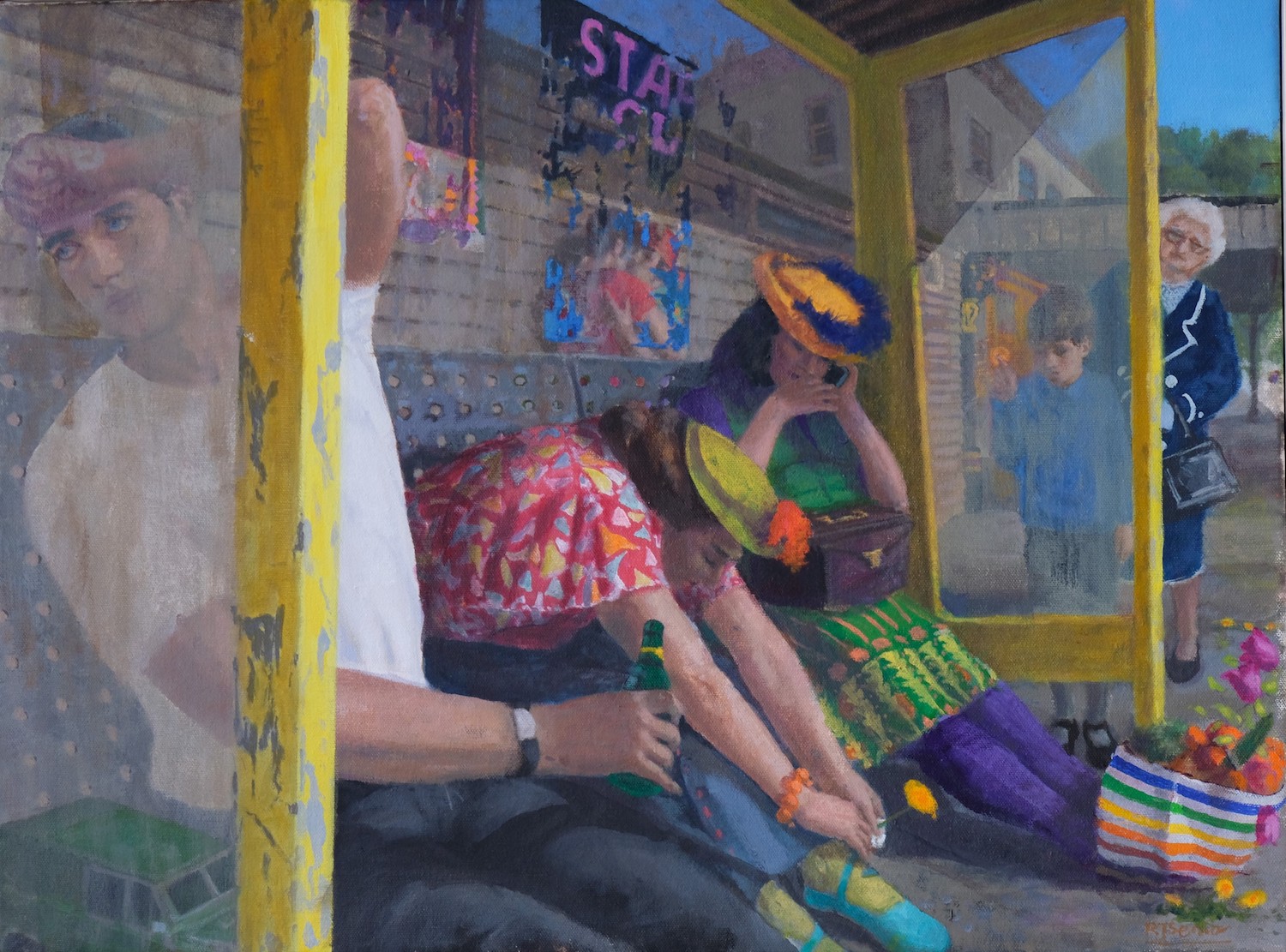
Train Station, 2021
Robert Senior
Oil on canvas, 48 x 63 cm | 19 x 25 in
Sayan: What do you think about education in art? Is it necessary? What were the pros and cons of your learning experience?
Robert: I am not sure that it is necessary. However, I suspect the advantages outweigh the disadvantages. When I was at school, I was able to take an Art ‘A’ level exam without having attended the course. Probably, as a result of this, by the time I had reached art college, my knowledge of theory and the work of other artists was more limited than most of my peers. Also, I was too comfortable with the way I worked and with my understanding of what art could be. For the most part, I attribute this to the lack of challenge and interaction with peers and teachers. So to my mind, even if art education is not strictly necessary, the interaction with others that it offers is invaluable. I suppose there is a risk that educational institutions can exert a pressure towards conformity. Perhaps the years following formal education are the time when artists shake off what is irrelevant to them.
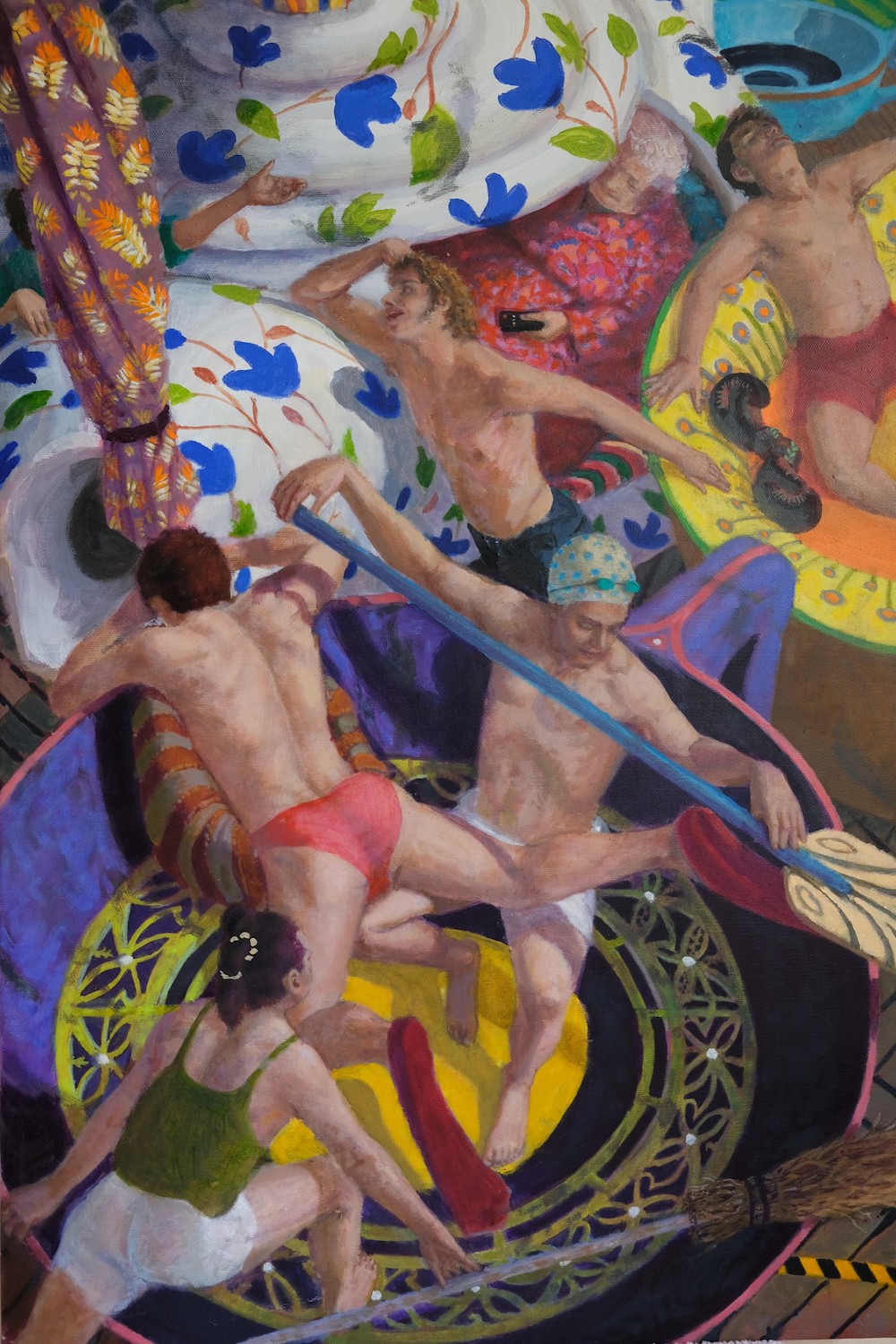
Tilting Teacups, 2021
Robert Senior
Oil on canvas, 79 x 53 cm | 31 x 21 in
Sayan: What inspires you to work? What is more important for you, inspiration or daily work?
Robert: For me, inspiration can be sparked by no more than a cluster of colours or shapes. However, I am mostly inspired by anything that might suggest something else going on beneath the visible surface. This can be in relationships and events in my own life that are important to me, as well as everyday incidents such as a chance meeting or observation on a tube or in a supermarket. I also have a fascination with religious themes for the same reason. There are often existential concerns that lie beneath some kind of easy to digest narrative. Reading about the lives and work of other artists, as well as visiting exhibitions are exciting and motivational too. Both afford the opportunity to encounter the artist at different levels. Without inspiration, daily work can still be engaging or even comforting, at other times disturbing or unsettling: it might even simply feel like pointless drudgery. However, it seems central to the uncovering of new sources of inspiration. Working on one idea can trigger the nascent excitement of another. I think it also tests the quality of inspiration. If the excitement of inspiration quickly dissipates, then perhaps it wasn’t up to much in the first place, and this is exposed by focusing on it in daily work. In the end I suppose, I wouldn’t say that one is more important than the other to me. They work hand in hand, although inspiration is probably more fun.
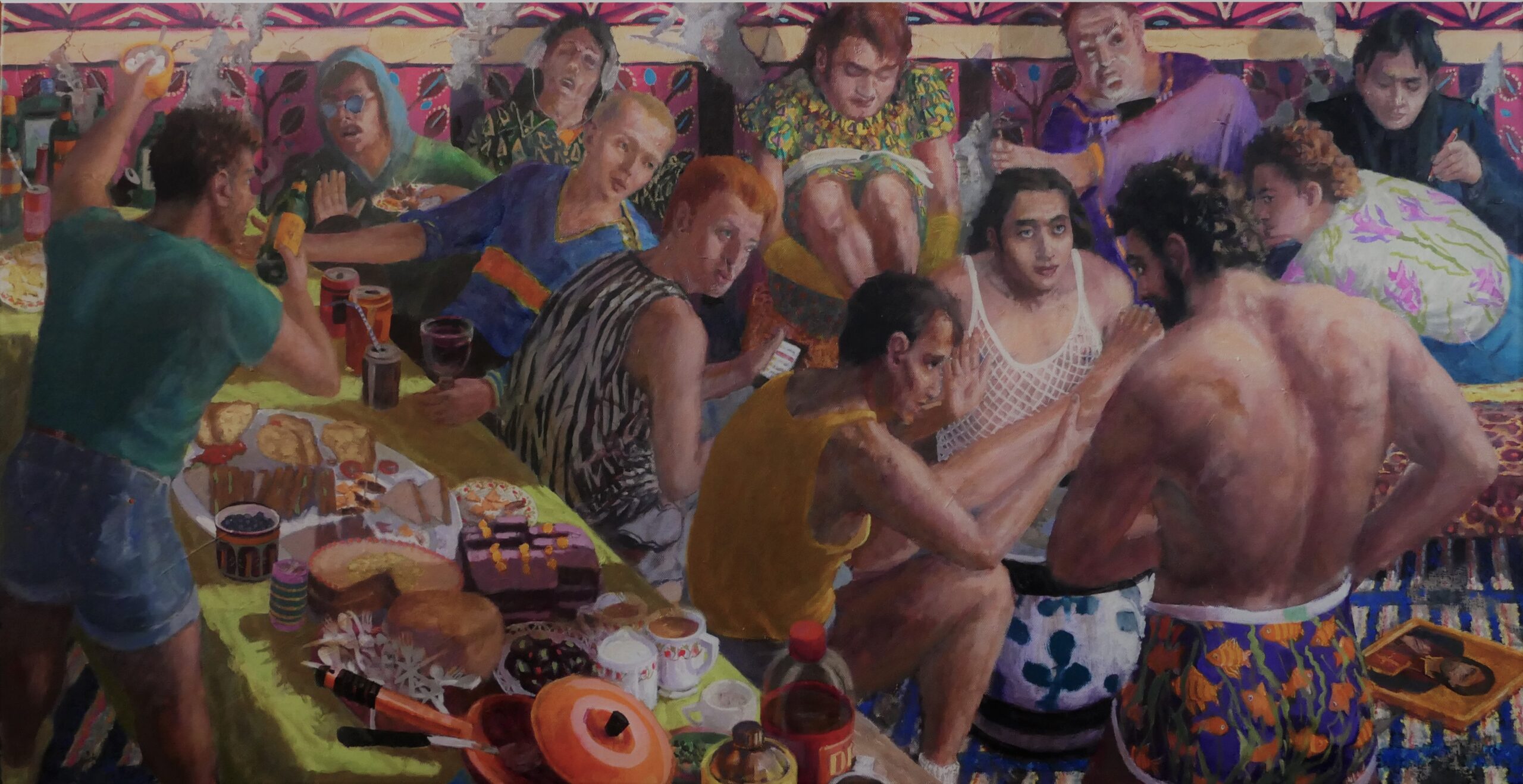
The Rehearsal, 2017
Robert Senior
Oil on canvas, 67 x 127 cm | 26 x 50 in
Sayan: What are the stages of your work on a painting? Do you make drafts?
Robert: My paintings usually begin in two different ways. Often I take a gouache loaded paint brush to a blank sheet of paper and see where random mark making goes. If what emerges feels alive, I will transfer the idea to canvas and develop it further. If the starting point is a memory, I might make drafts in pencil or gouache, in order to clarify it, but always looking out for a visceral response that tells me it is alive and worth exploring. Once I am working on canvas, periodically, I will print off a photo of the painting and play around with gouache or charcoal on this, particularly if I want to try out and compare major changes. I also write about the painting to examine what is happening and flush out ideas that might help. This can be to maintain some level of coherence, but often simply to explore the emerging meaning from a different vantage point.
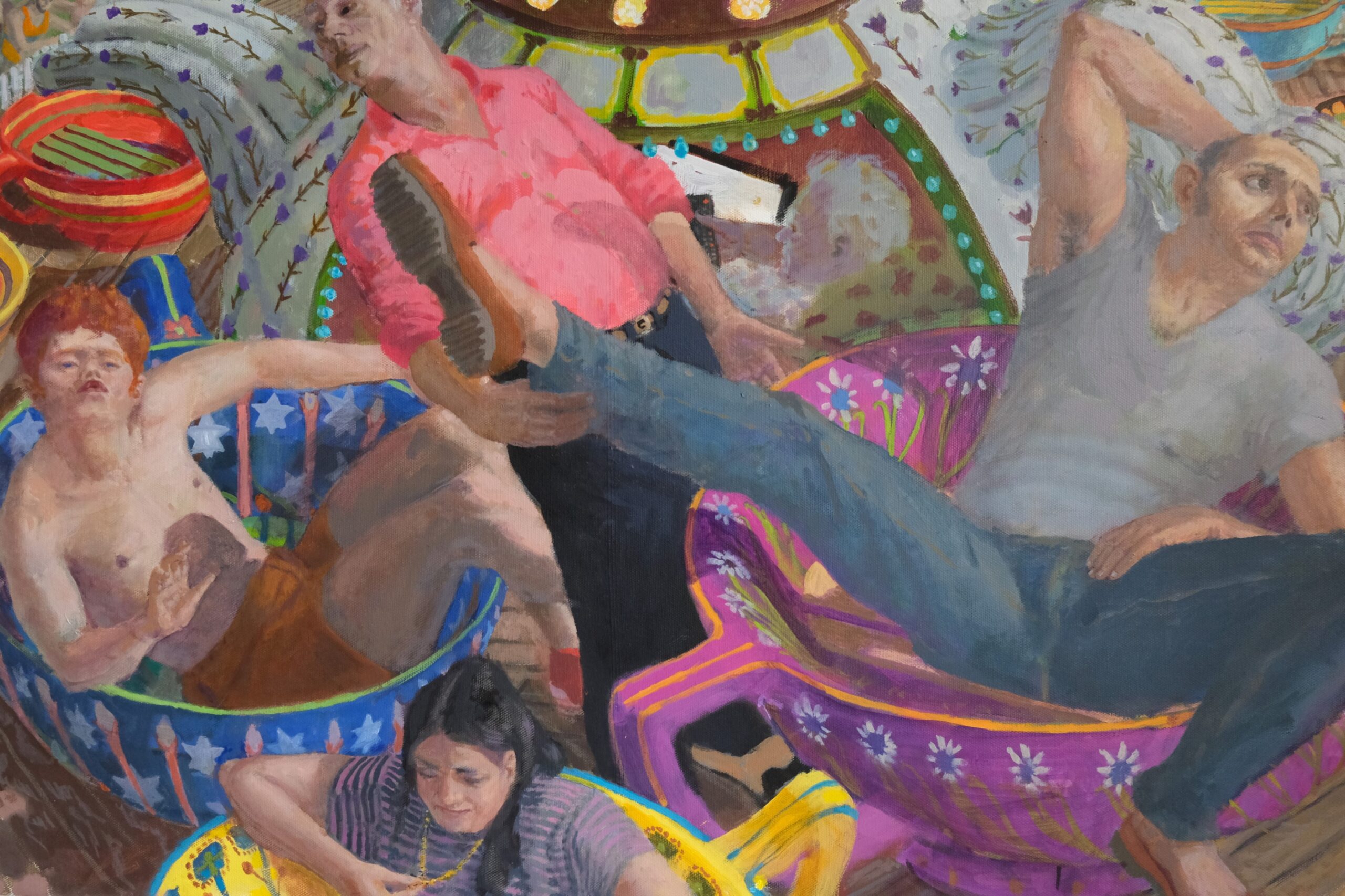
Teacup Ride, 2021
Robert Senior
Oil on canvas, 53 x 79 cm | 21 x 31 in
Sayan: In your paintings you use street scenes. Do you draw sketches from life or take photos to recreate, how is this process organised?
Robert: I appreciate that sketching from life or photos is a valuable and integral part of many artists’ process. All my work comes from a mixture of imagination and memories, this has been really important to me creatively. If, for example I try to work out how to draw a hand for a painting, it would be efficient to pose and draw one from life or from a photo. But trying to draw it from imagination is mentally harder work for me and like exercising a muscle, I think it helps to keep my imagination active. This in turn enhances my ability to connect with and articulate my inner world. Another factor, that I find that when drawing from life or photos is that I am too inclined to stick rigidly with what I am seeing, whereas if I am trying to create from imagination, I am much more open to playing around with the image, it keeps the overall painting process looser, even if it is likely to be less ‘technically perfect’. Drawing from life or photos tends to inhibit the freedom of this process for me. Although I still observe closely and try to understand and remember what I am seeing.
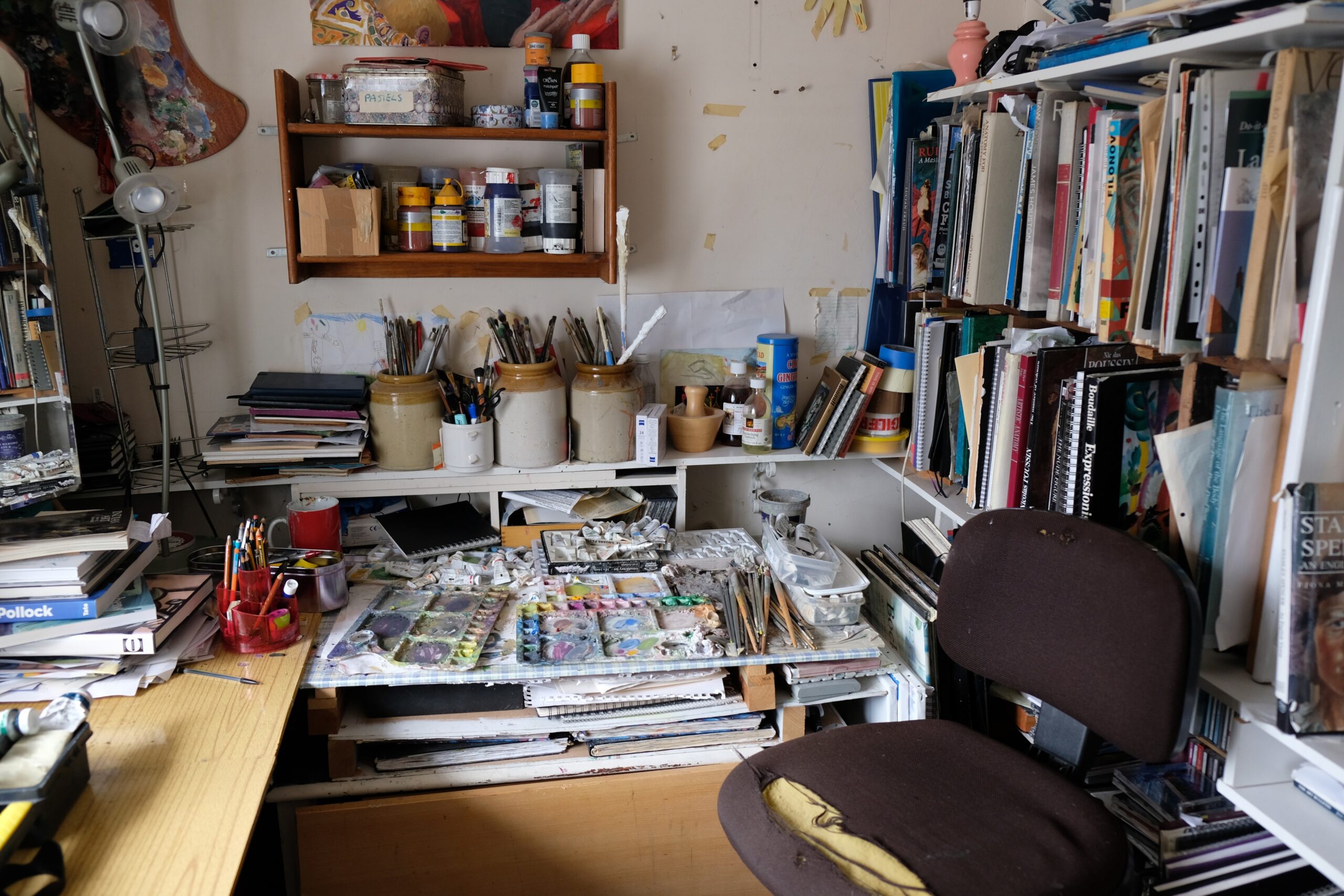
Robert Senior’s studio in Surrey
Sayan: What are your favourite brushes to work with? What kind of paints and canvases do you prefer?
Robert: I prefer Pro Arte Sterling and Pro Arte Prolene brushes. I work with gouache on A3 sketchbooks from Winsor & Newton. I either buy canvas and stretchers from Russell and Chapple, or Winsor & Newton Ready-Made Canvases. I use Michael Harding and Winsor & Newton Oil Paint.
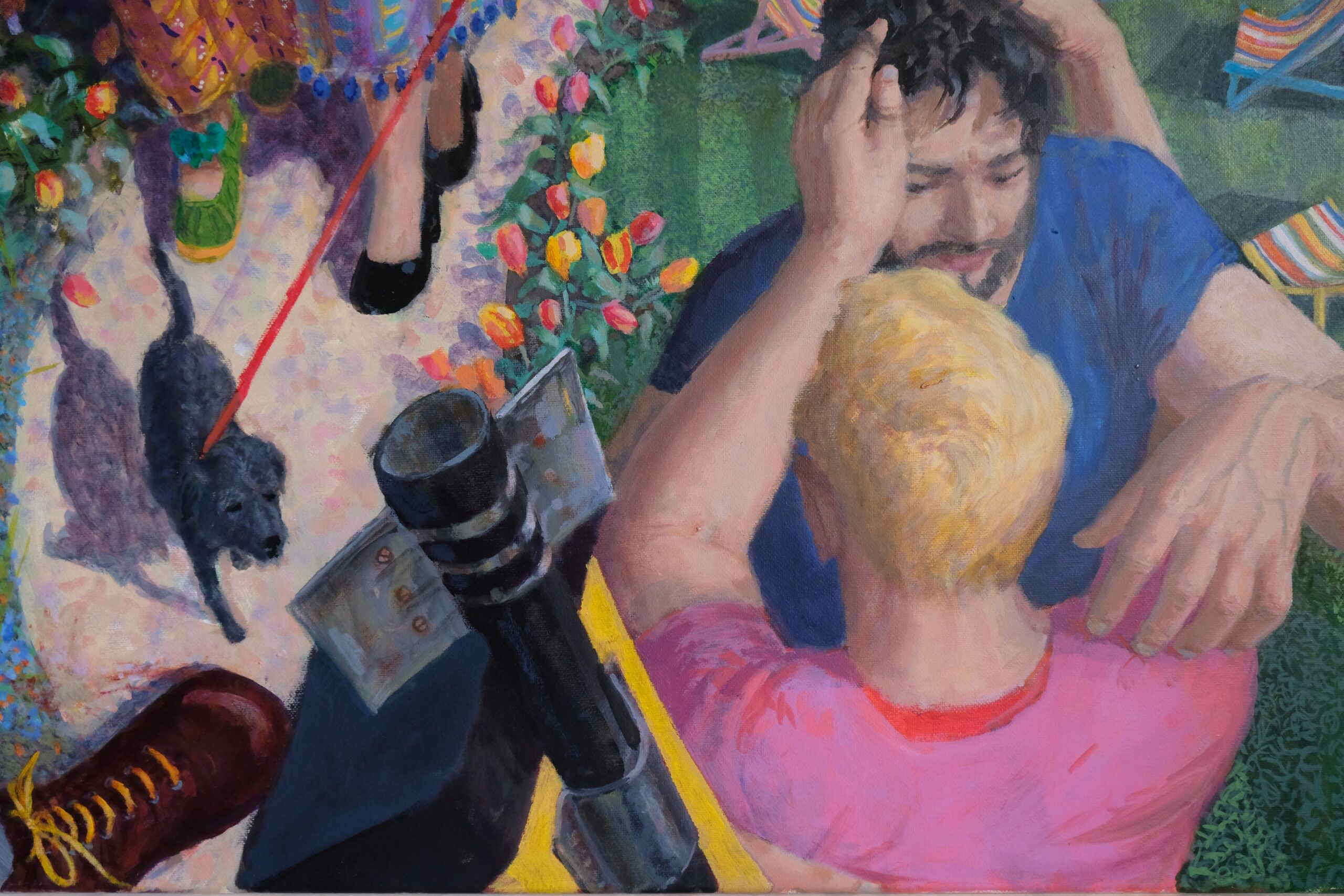
Proximity, 2022
Robert Senior
Oil on canvas, 42 x 62 cm |16.5 x 24.5 in
Sayan: Have you ever had creative crisis and periods of stagnation in creativity? If so, what helped you overcome them?
Robert: Yes. Beginning part of the way through college and lasting for about 8 years. This period of creative crisis is central to how I work now. During this period I still felt a really strong need to create, but felt disengaged and disheartened with every effort to do so. I think it was rooted in some level of disconnection with my inner world, and a consequent absence of identity as an artist. I was not interested or satisfied with producing something that was simply technically slick, but unable to produce anything that felt alive. The disconnection with my inner world is why I emphasise working from imagination and memories now, nurturing and strengthening access to this interior life, through my practice. Finding ways to reduce the pressure was a key to turning things around. For some time the creative process was made more casual by using children‘s tempera blocks to paint with, and drawing in unused old diaries. Introducing playfulness was another factor. I found myself drawn to artists such as Ghislebertus, Stanley Spencer and Ken Kiff, all of whom deal with serious issues but with humour. Introducing apparently trivial or light-hearted threads into my work has helped it to flow more freely.
Initially I found separating elements of painting was also very helpful. For example, instead of trying to focus on colour in the context of a painting. I started to observe colour juxtapositions in everyday settings more attentively, anywhere from rubbish dumps to shop displays, trying to notice what impact these colour combinations had on me, in an unselfconscious way. Using stories and biblical scenes as a starting point provided a pre-made focus or framework, within which I could play. Usually the narratives that I chose resonated in some way, so through the process of painting I was able to unravel the nature of this resonance, which in turn shed light on my own interior world, encouraging a stronger connection between it and my painting. I began to make a series of paper pulp reliefs which I then painted in oils. The drawing was taken care of by the structure of the relief, allowing the colour to be explored more freely and non-descriptively. Simplifying the creative process by allowing me to focus on these two elements separately reduced the pressure for me. In turn the reduced pressure allowed creativity to flow more freely
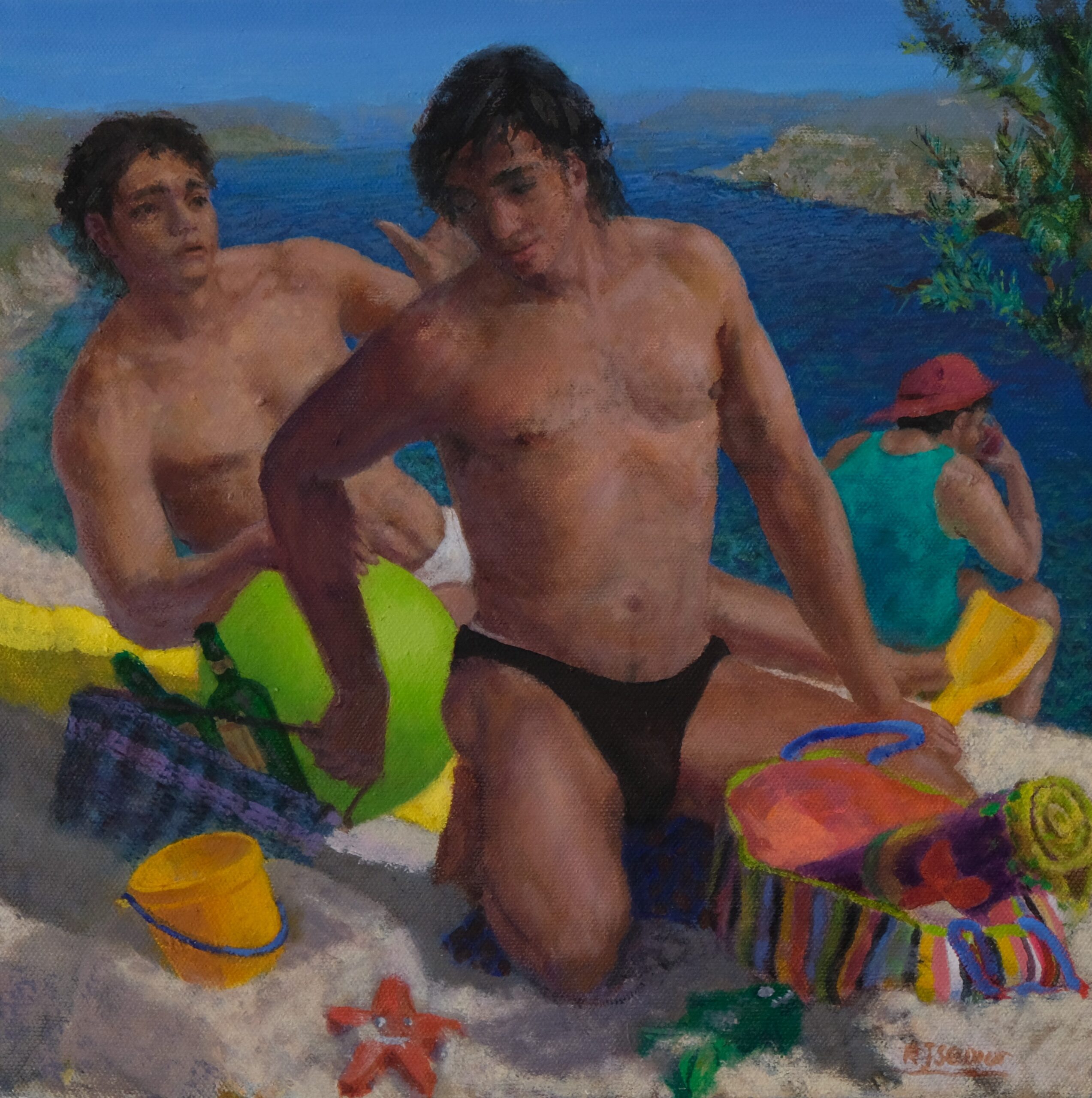
Empties, 2022
Robert Senior
Oil on canvas, 33 x 33 cm | 13 x 13 in
Sayan: Can you tell us about your studio? Where is it located? How often do you work there? What is your ideal day in the workshop?
Robert: My studio is a small room in my home in Surrey. I have a couple of mirrors placed around the room to give a sense of distance and also it sometimes helps to see a mirror image of a painting to get a different vantage point. There are shelves containing art books, sketchbooks and various painting supplies. At one end I have a space saving old blackboard easel flat against the wall, a painting trolley with palette and brushes always on standby. Other than that, there are just a couple of tables and boxes of tools.
One advantage of having the studio in the house is that it allows me to pop in and paint even for just a few minutes, throughout the day. So I do manage to paint pretty much every day. Although ideally I aim to do so for a few hours at a time
An ideal day in the studio is being undisturbed for the day. I usually play music as I work it helps drown out any noise from the road and takes care of the white noise in my head. There is a particular thrill in resolving an idea or part of a painting that has been stuck. As there is when getting a new idea that feels powerful. So those moments would definitely be part of my ideal day.
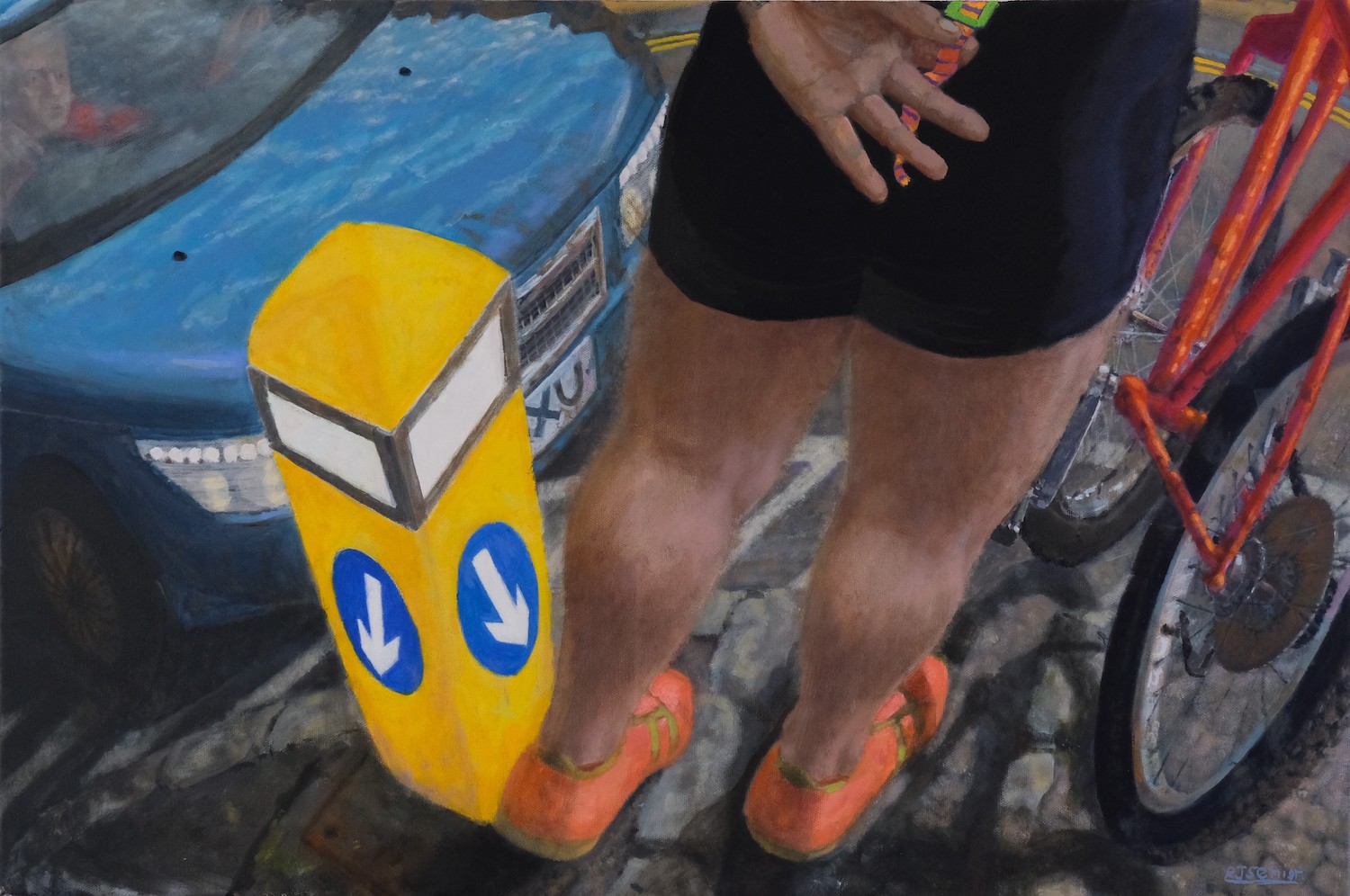
Crossing, 2022
Robert Senior
Oil on canvas, 54 x 79 cm | 21 x 31 in
Sayan: Who are your five favourite artists and why?
Robert: I would say that I don’t have five favourite artists. I admire many artists for different reasons. Perhaps favourite artists that have been most obviously influential would be: – the Romanesque sculptor Ghislebertus, Stanley Spencer, Ken Kiff, Rouault and Jackson Pollock. All of them have a sense of the numinous, a sense of something mysterious and deeper beneath the surface. In the case of the first three there is something really playful that belies a deeper world. They allow a viewer to simply appreciate the playful surface or engage with what may be happening beneath. I like the idea of work being, able to engage a viewer at different levels.
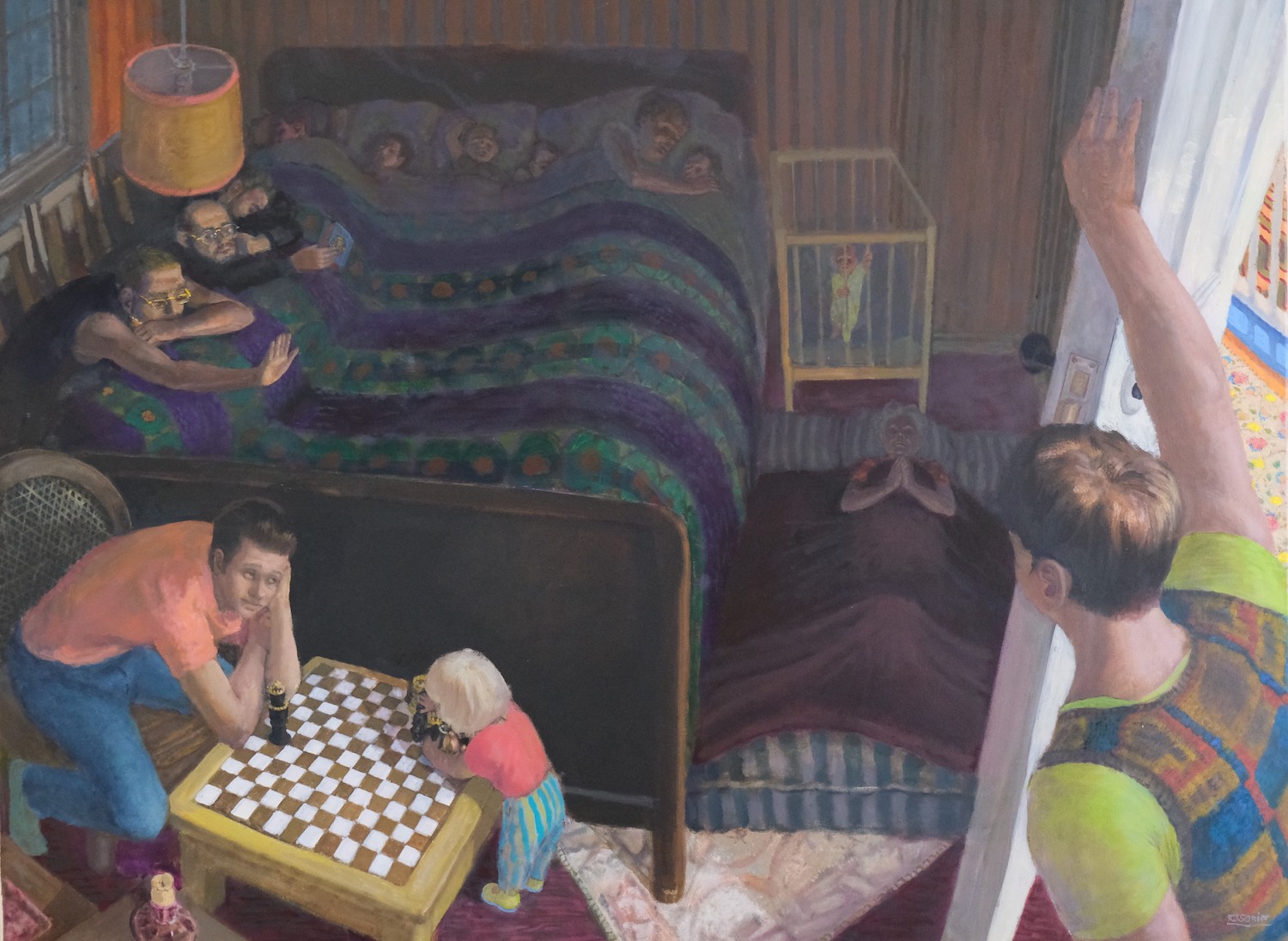
Chess board, 2022
Robert Senior
Oil on canvas, 93 x 124 cm | 49 x 37 in
Sayan: Do you have a dream project that you would like to realise? If so, could you tell us about it?
Robert: I would love to work on a large scale on a big community building. I have in the past painted a series of 7 foot high canvases that wrap around the interior of a church and I really enjoyed working on a large scale. In particular I love the contrast between the necessary gestural coarseness of the work close up and the almost magical transformation when seen from a distance. There is a sense of co-ordinating the various works that comprise the whole, which has the feel of conducting an orchestra.
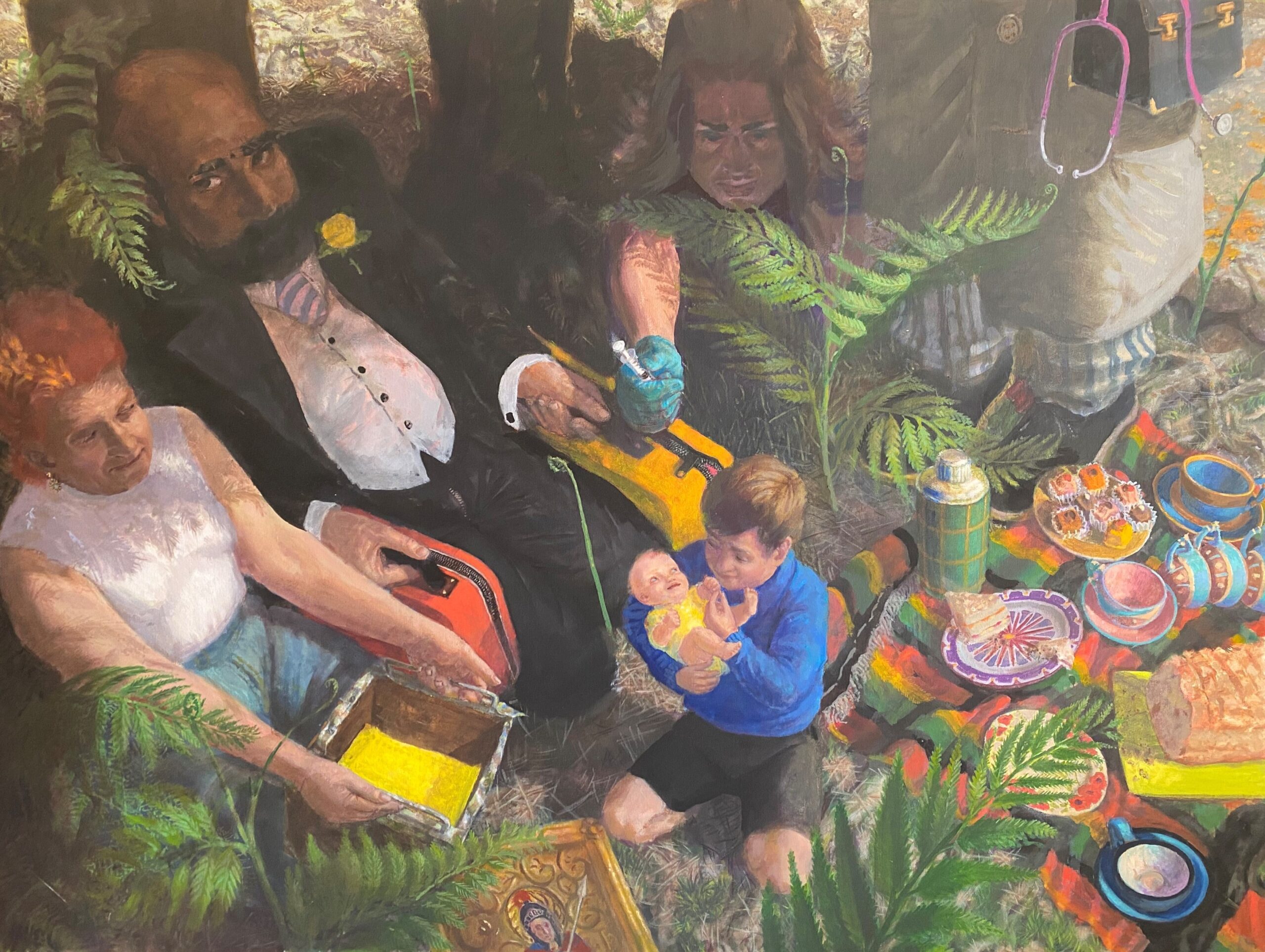
Still Life, 2020
Robert Senior
Oil on canvas, 93 x 124 cm | 37 x 49 in
Further Reading
Everything You Need to Know About Oil Painting Paper
The Relationship Between the Artist and Their Materials
Sayan Baigaliyev: Painting Through the Night
A Guide to Oil Painting
Shop Oil Painting on jacksonsart.com
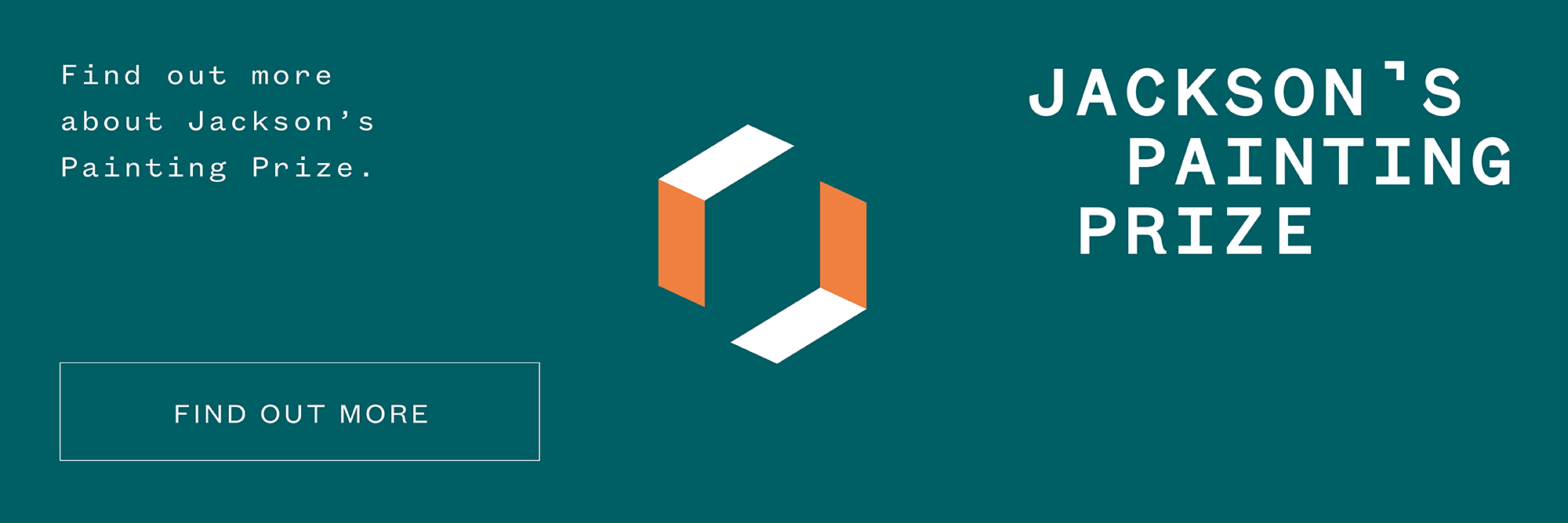



:strip_icc()/BHG_PTSN19720-33d9cd22f6ab49e6a21982e451321898.jpg)

More Stories
Gurney Journey: USA Today Recommends Dinotopia
“From Generation to Generation…” — A Sanctified Art
The Public Theater’s Under The Radar Festival Lights Up NYC This January